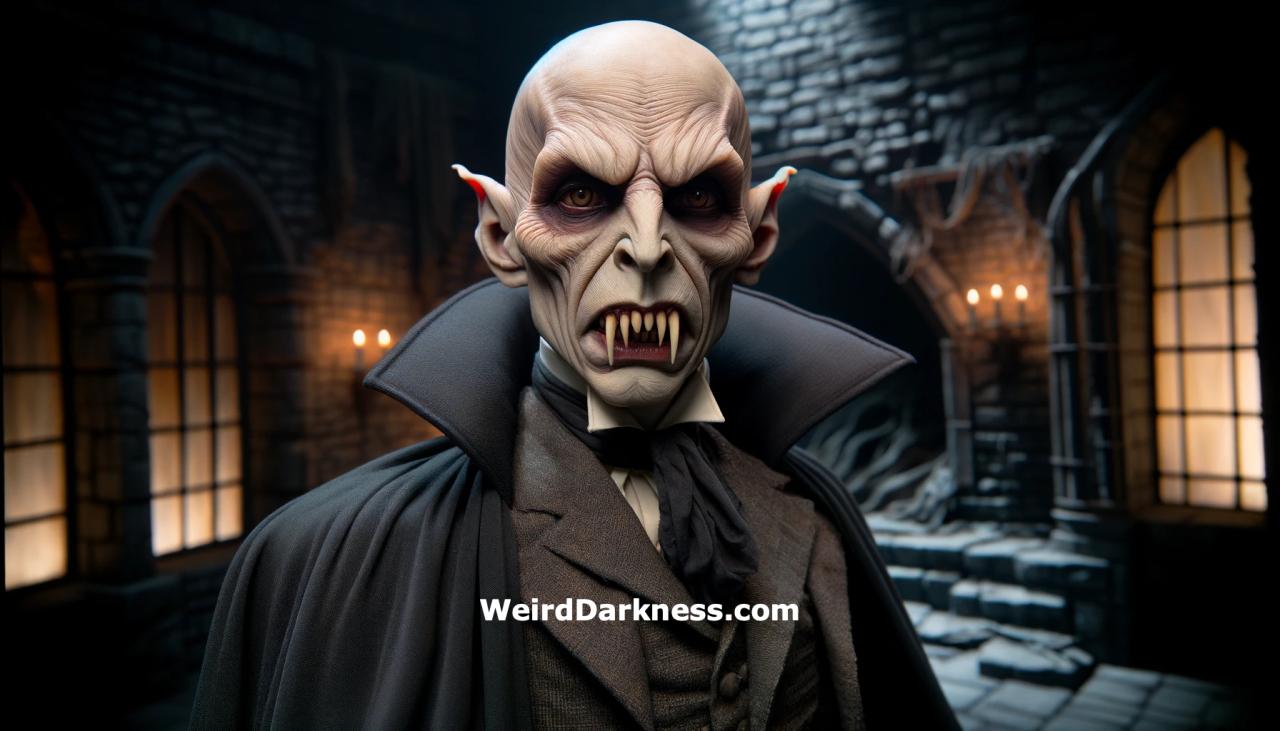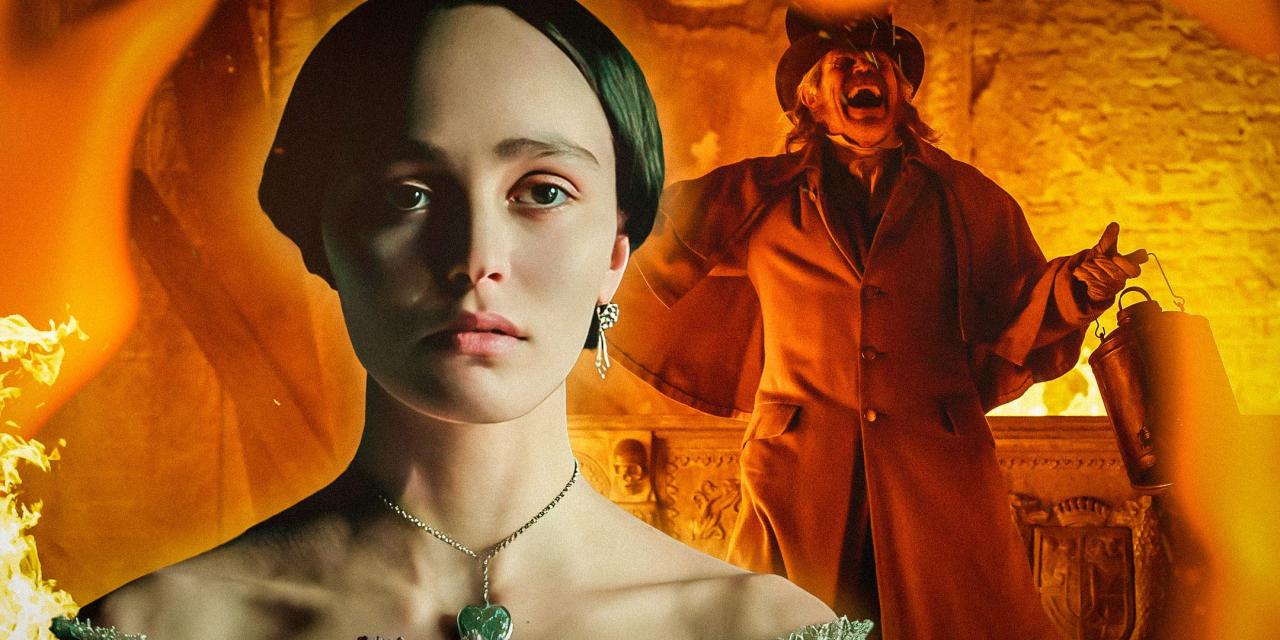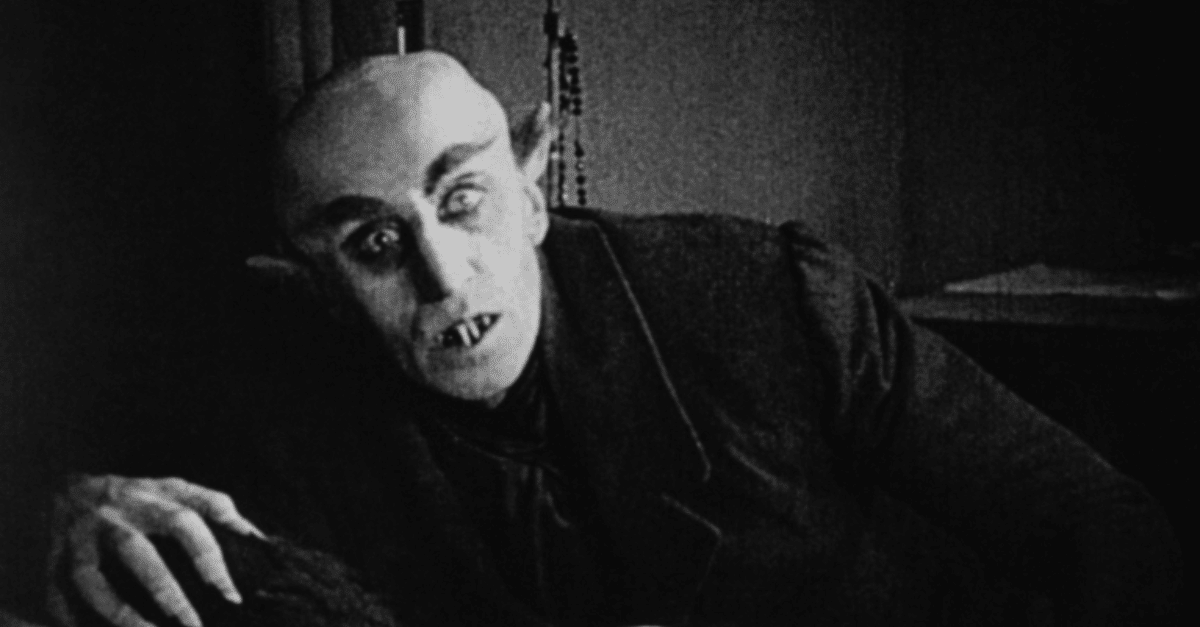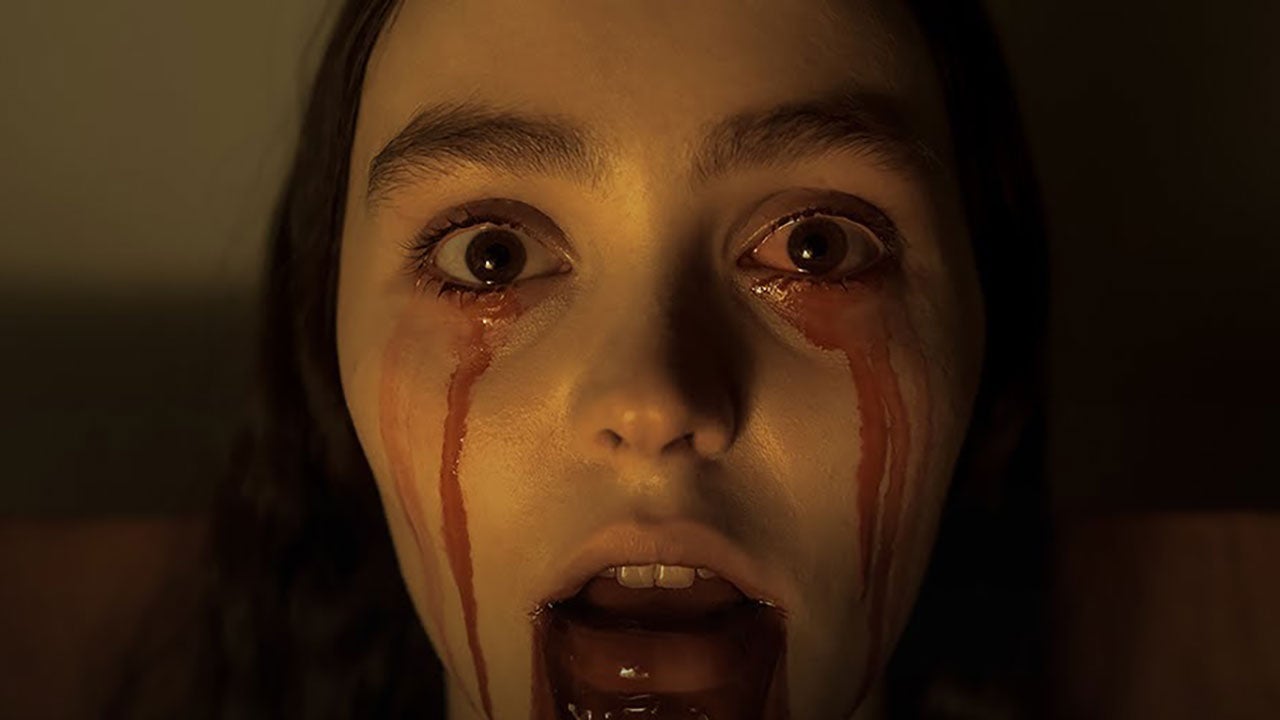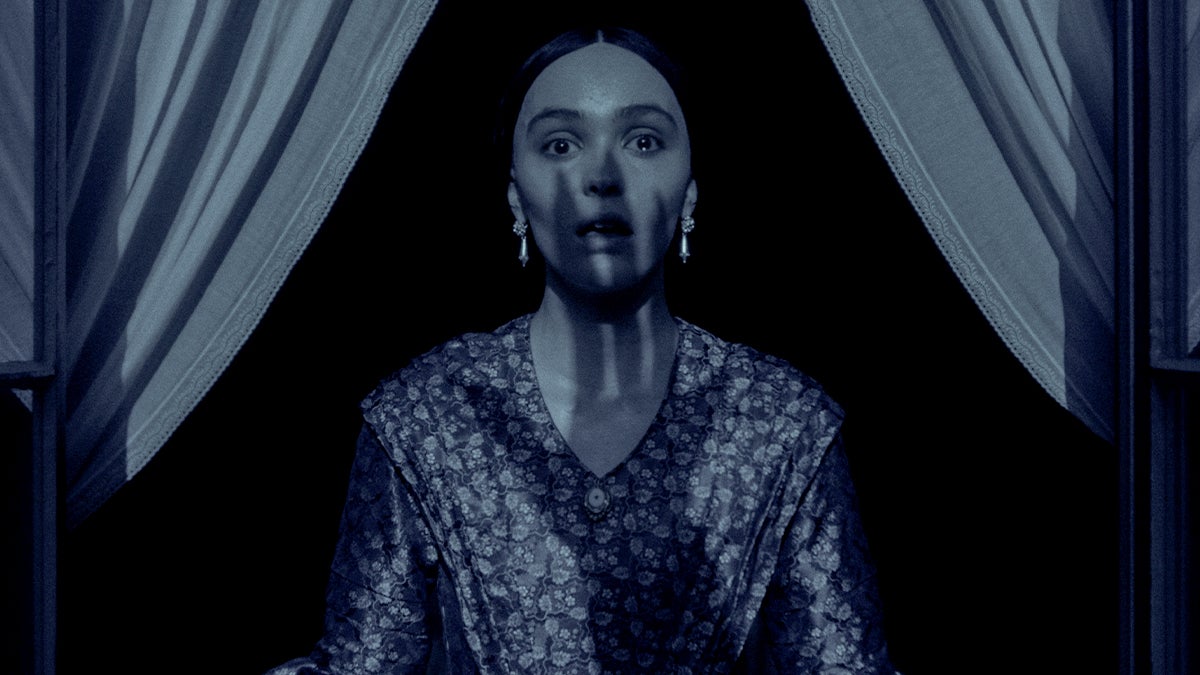The seminal vampire movie Nosferatu sets the stage for this enthralling narrative, offering readers a glimpse into a story that is rich in detail and brimming with originality from the outset. The film’s enduring impact on the horror genre and popular culture cements its place as a cinematic masterpiece that continues to captivate audiences to this day.
Nosferatu’s groundbreaking cinematography, innovative visual style, and exploration of profound themes make it a timeless classic. Its influence on subsequent horror films and the development of the vampire genre is undeniable, solidifying its status as a cultural touchstone that has shaped the landscape of cinematic storytelling.
Historical Context of Nosferatu
Nosferatu, a 1922 German Expressionist horror film, was a groundbreaking cinematic achievement that left an indelible mark on the history of film. The film’s production was shaped by a unique convergence of historical, cultural, and societal influences that contributed to its enduring legacy.
The film’s origins lie in the Gothic horror novel Dracula by Bram Stoker, published in 1897. Stoker’s novel captured the Victorian era’s fascination with the supernatural and the macabre, themes that resonated with audiences in the aftermath of World War I.
Cultural and Societal Influences
The film’s production coincided with a period of social and political upheaval in Germany. The country was reeling from the devastating effects of the war, and Nosferatu reflected the anxieties and fears of the time. The film’s themes of isolation, alienation, and the fragility of human life resonated with audiences who were struggling to come to terms with the horrors they had witnessed.
German Expressionism
Nosferatu is a prime example of German Expressionism, an artistic movement that emerged in the early 20th century. Expressionist films emphasized subjective emotions and inner experiences over realism, using stylized sets, distorted perspectives, and exaggerated performances to create a sense of unease and disorientation.
In Nosferatu, director F.W. Murnau employed expressionist techniques to create a haunting and atmospheric world. The film’s iconic imagery, including the shadowy figure of Count Orlok, the eerie landscapes, and the claustrophobic interiors, all contribute to its enduring power as a cinematic masterpiece.
Character Analysis of Count Orlok
Count Orlok, the enigmatic vampire at the heart of Nosferatu, is a haunting and unforgettable character. His physical appearance and personality traits, as well as the symbolism and significance of his name and appearance, create a complex and compelling figure that has fascinated audiences for decades.
Physical Appearance and Personality Traits
Count Orlok is described as tall and thin, with piercing eyes and sharp teeth. His skin is pale and sickly, and his movements are stiff and unnatural. He is often seen wearing a black cape and a wide-brimmed hat, which further contribute to his sinister appearance.
Orlok’s personality is equally unsettling. He is cold and calculating, with a cruel and sadistic streak. He is also incredibly manipulative, using his charm and charisma to lure his victims into his trap.
Symbolism and Significance
The name “Orlok” is a play on the German word “Orlok,” which means “vampire.” This name immediately establishes Orlok’s identity as a creature of darkness and evil.
Orlok’s physical appearance is also highly symbolic. His pale skin and sharp teeth represent his undead nature, while his black cape and hat suggest his association with the night and the supernatural.
Motivations and Desires
Orlok’s motivations are simple: he desires blood. He is driven by an insatiable thirst for human life, and he will stop at nothing to satisfy his hunger.
Orlok’s desires extend beyond mere sustenance, however. He also seeks power and control. He enjoys toying with his victims, and he takes pleasure in their fear and suffering.
Comparison to Other Vampire Characters
Count Orlok is one of the most iconic vampire characters in literature and film. He has been compared to other famous vampires, such as Dracula and Lestat de Lioncourt.
Orlok differs from these other vampires in several key ways. He is more primitive and savage than Dracula, and he lacks the sophistication and charm of Lestat. Orlok is also more purely evil, with no redeeming qualities whatsoever.
Visual Style and Cinematography
Nosferatu’s cinematography revolutionized the horror genre, employing innovative techniques to create an atmosphere of dread and unease. Director F.W. Murnau skillfully manipulated shadows, lighting, and camera angles to enhance the film’s haunting visuals.
Shadows and Lighting
- Murnau used stark contrasts between light and shadow to evoke a sense of mystery and danger. The shadowy environments and flickering candlelight cast an eerie glow, amplifying the ominous presence of Count Orlok.
- The use of chiaroscuro, a technique that plays with light and shadow to create depth and drama, further accentuated the film’s Gothic atmosphere.
Camera Angles and Movement
- Murnau experimented with unusual camera angles, often placing the camera low to the ground or at extreme angles, creating a disorienting and unsettling effect.
- The film’s camerawork is characterized by fluid movements and sweeping pans, enhancing the sense of suspense and building tension.
- The use of tracking shots, where the camera follows a character’s movements, creates a visceral connection between the audience and the on-screen action.
Symbolism and Imagery
- The film’s iconic imagery, such as Count Orlok’s elongated shadow and his piercing gaze, has become synonymous with the vampire genre.
- The use of mirrors and reflections throughout the film symbolizes the duality of good and evil, as well as the protagonist’s inner struggles.
- The recurring motif of the plague serves as a metaphor for the horrors of war and the spread of disease, reflecting the film’s historical context during the post-World War I era.
Themes and Symbolism
Nosferatu delves into profound themes that explore the human condition and societal anxieties of its time. The film’s haunting imagery and evocative symbolism create a rich tapestry of meanings that resonate with audiences.
Death and Disease
- The plague serves as a potent symbol of death and decay, representing the devastating impact of disease and the fragility of human life.
- The vampire’s coffin symbolizes the inevitability of death and the transition to the afterlife.
- The mirror reflects the vampire’s undead nature, a reminder of the blurred line between life and death.
The Supernatural and the Uncanny
Nosferatu presents the supernatural as a force that disrupts the order of society, creating fear and chaos.
- The vampire’s supernatural powers evoke a sense of the uncanny, blurring the boundaries between the familiar and the unknown.
- The film’s expressionist style emphasizes the subjective experiences of the characters, highlighting the psychological impact of the supernatural.
Social and Political Commentary
Nosferatu reflects the social and political anxieties of post-World War I Germany.
- The plague can be seen as a metaphor for the devastating effects of war and disease on society.
- The vampire’s predatory nature symbolizes the exploitation and greed that plagued society at the time.
- The film’s depiction of the upper class as decadent and oblivious to the suffering of others highlights the social divide and political unrest of the era.
Cultural Impact and Legacy
Nosferatu’s influence on subsequent horror films and popular culture is immeasurable. Its groundbreaking visual style, eerie atmosphere, and iconic portrayal of Count Orlok have left an indelible mark on the genre.
Influence on the Development of the Vampire Genre, Vampire movie nosferatu
Nosferatu’s portrayal of Count Orlok as a grotesque, predatory creature with supernatural powers established the template for subsequent vampire characters. The film’s emphasis on the vampire’s vulnerability to sunlight and its ability to transform into a bat became defining characteristics of the vampire mythos.
Enduring Popularity and Cultural Significance
Despite being over a century old, Nosferatu remains a beloved and influential work of horror cinema. Its haunting imagery, atmospheric score, and timeless themes continue to resonate with audiences today. The film’s status as a cultural icon is further cemented by its numerous remakes, adaptations, and homages.
Outcome Summary: Vampire Movie Nosferatu
In conclusion, Nosferatu stands as a testament to the enduring power of cinema to transcend time and cultural boundaries. Its haunting imagery, unforgettable characters, and timeless themes continue to resonate with audiences, ensuring its place as a cinematic masterpiece that will forever be etched in the annals of film history.
Detailed FAQs
What is the significance of Nosferatu’s visual style?
Nosferatu’s innovative use of shadows, lighting, and camera angles creates a haunting and atmospheric environment that enhances the film’s themes of death, disease, and the supernatural.
How does Count Orlok compare to other vampire characters?
Count Orlok’s grotesque appearance and predatory nature set him apart from other vampire characters, making him a unique and unforgettable figure in cinematic history.
What is the cultural impact of Nosferatu?
Nosferatu’s influence on subsequent horror films and popular culture is undeniable, shaping the development of the vampire genre and leaving a lasting legacy in cinematic storytelling.
